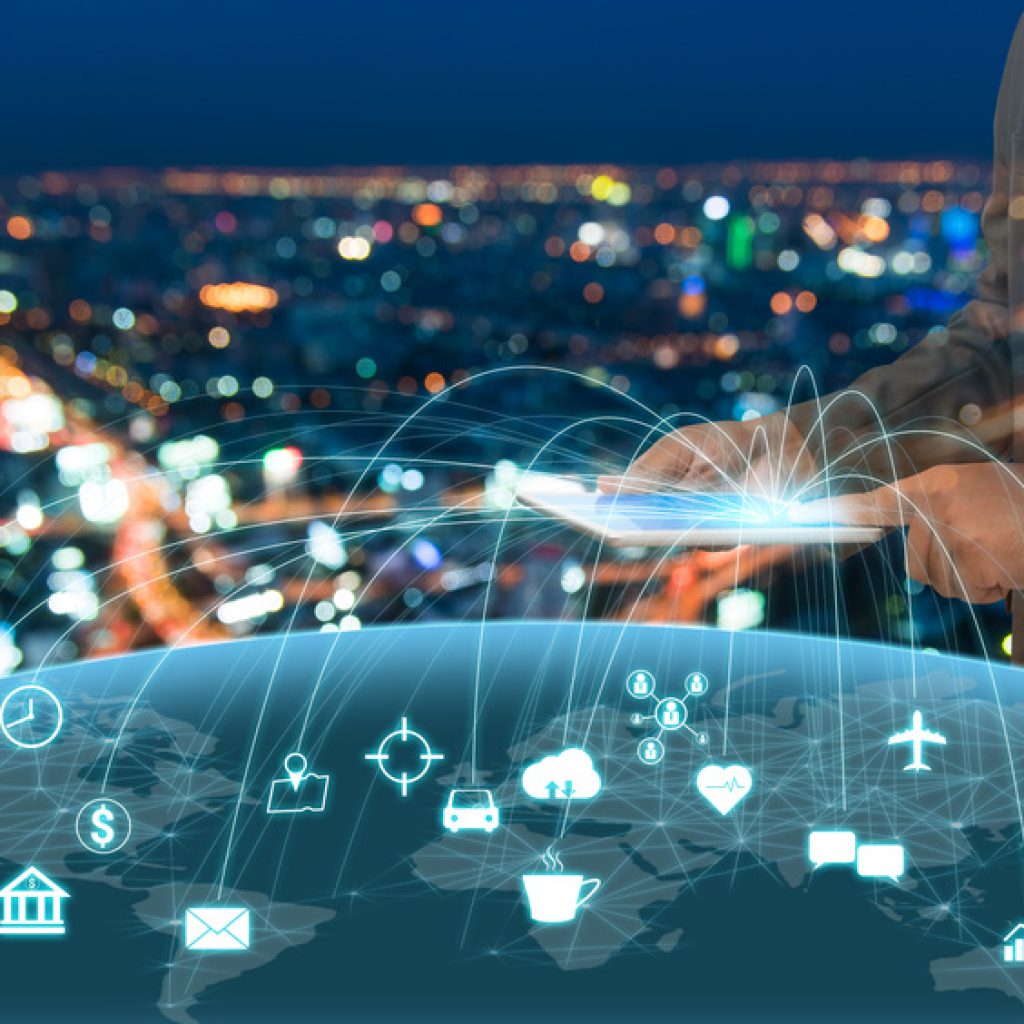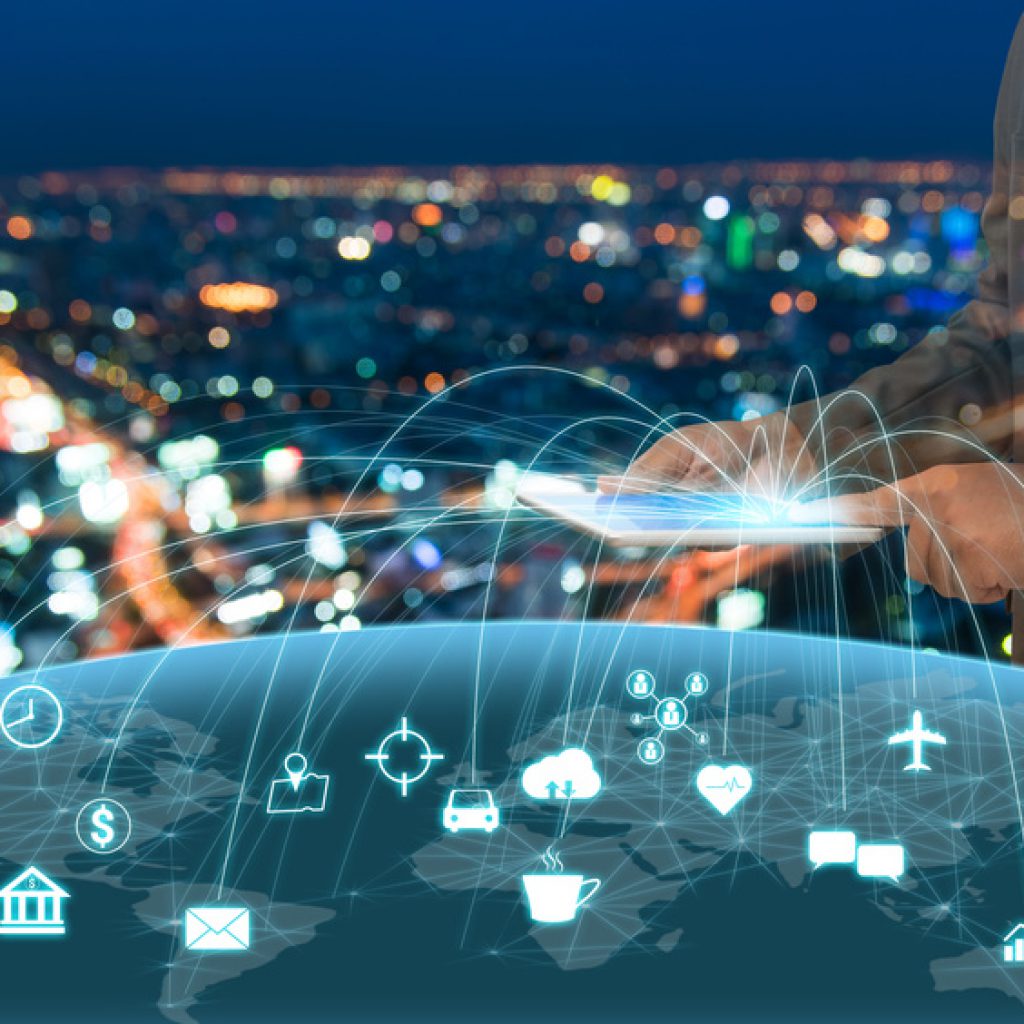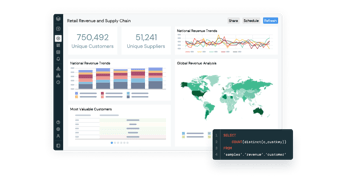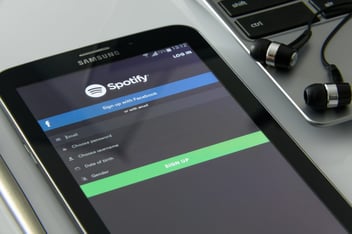What can Big Data be used for? Let's take a look at some of the sectors that are currently using Big Data to revolutionize the way they work.
Big Data refers to the high volume of structured and unstructured data that businesses come into contact with on a daily basis. There are lots of ways that companies all around us are using Big Data today. But before we get into the question of what can Big Data be used for, we'll talk about what Big Data is.
According to multinational Oracle, Big Data has “four Vs”: volume, velocity, variety and value:
- Volume is the sheer amount of data being received.
- Velocity refers to the rate at which a company can act on the vast amounts of data it receives.
- Variety are the types of data being received – is the data structured or unstructured? Is it sound? Video? Is the data from a given source changing? This will affect how the data can be used effectively.
- Value refers to the data’s intrinsic value. This can be derived through a variety of methods.
Here are some ways Big Data's value is being capitalized on in different industries.
Healthcare
Big Data is widely used in the healthcare industry. Right now, Big Data is primarily being used as a "nice to have" feature added on top of existing services. But as the volume of data increases, it will increasingly affect more traditional medical practices. Big Data will also be important in the healthcare industry as a way to lower treatment costs. Healthcare incentives are changing. Insurance companies are switching from fee-for-service plans to plans that prioritize patient outcomes. This gives healthcare service providers an incentive to share data with competitors to drive down overall costs and encourage the best and most effective practices.
An excellent example of Big Data being used in healthcare brings us to Paris. Last year, four major hospitals in the city began using analytics and artificial intelligence to predict daily and hourly hospital occupancy. Using ten years of hospital admission records, data scientists were able to come up with algorithms to predict occupancy. Based on this, they created a system that is user friendly for doctors, nurses, and hospital staff in order to maximize hospital staffing at any given time. This system has the bonus of being user-friendly for people who have no experience with code.
Another user-friendly tool being used in the healthcare industry is Bismart's Folksonomy. This tool lets you analyze massive archives of unstructured data - ideal for getting useful insights from things like medical files. It is currently undergoing pilot testing in Barcelona with promising results so far.
Crime Prediction
Big Data is used for crime prediction and security services enhancement worldwide. A growing number of law enforcement agencies are using software with predictive analytics based on algorithms to predict crimes before they take place. Criminals follow patterns, and through the use of the same kind of technology used to predict consumer behavior, police can prevent crime.
An example of this is the CRUSH program being used in Tennessee. CRUSH stands for Criminal Reduction Utilizing Statistical History, and it targets certain areas allowing police to deploy the most efficient way possible. The system, created by IBM, evaluates patterns of past and present incidents and then combines data from a range of sources such as crime reports, intelligence briefings, offender profiles and sometimes weather forecasts, to identify flashpoints and allow police to send forces when and where particular crimes are about to occur.
In the UK, the Ministry of Justice has adopted technology that uses predictive analytics to assess the likelihood of a criminal becoming a repeat offender based on circumstances like accommodation, education, relationship status, financial management patterns, emotional stability, substance abuse, etc. This data then is taken into account when it comes time for release back into society. Certain former criminals with red flag profiles might be given longer parole times, or remain on a watch list.
Bismart has created a Crime Prediction tool that leverages computer records to predict crime levels. It also allows law enforcement agencies to best plan how to deploy their limited resources. We also offer the Traffic Fatalities Prevention predictive tool to help reduce the amount of traffic accidents and deaths.
Insurance
Big Data will affect your insurance policy premium. Insurance companies must set the price of premiums to ensure profits by covering their risks, while at the same time remaining within the customer’s budget. So, using Big Data to accurately measure a pool of customers’ potential risk allows insurance companies to pinpoint the perfect rate.
In the auto insurance industry, young male drivers with fancy cars traditionally paid the highest premiums. However, many insurers now offer plans where actual driving information is fed back into their system at a personalized, highly accurate level. This lets them develop an accurate risk profile for an individual customer. Comparing a customer’s behavioral data with that of similar customers also allowed insurers to determine the risk of a driver having an accident or getting their car stolen.
Again, in healthcare and health insurance, the more recreational use of Big Data becomes important. Using data transmitted from a Fitbit like the Apple Watch or a Garmin, companies can evaluate a customer’s activity level. From this, they can draw conclusions regarding their physical fitness, and even predict likelihood of disease or injury. Some insurance companies offer incentives to customers, like lowering their premiums if they commit to wearing a Fitbit and sharing their activity and sleep habits with the company.
Marketing
Big Data is constantly being used to influence marketing choices. Remember when Target was able to predict when its female customers were pregnant, before the customers even knew? This was because by consistently tracking customers’ habits and aggregating them, some patterns emerged that made it easy to tell when a woman was pregnant. A shopper's habits changed subtly, and by using big data the company was able to pick up on the subtle changes. This meant they could then market directly to her.
Big Data is used to better understand customers, their behaviors and their preferences, to make shopping easier and more efficient. Big Data provides insights into what content is most effective at each stage of a sales cycle. This means companies can more effectively reach their target market. Consumers can spend less time sifting through options and buy the specific product they are looking for.
One interactive example of this is our own Magic Mirror. The shopper gets personalized recommendations based on their style and mood. This provides a win-win - the shopper gets a fun, innovative experience tailored to their likes, while the company gets valuable marketing information.
Did you enjoy this article? Here are a few more that you might enjoy:



